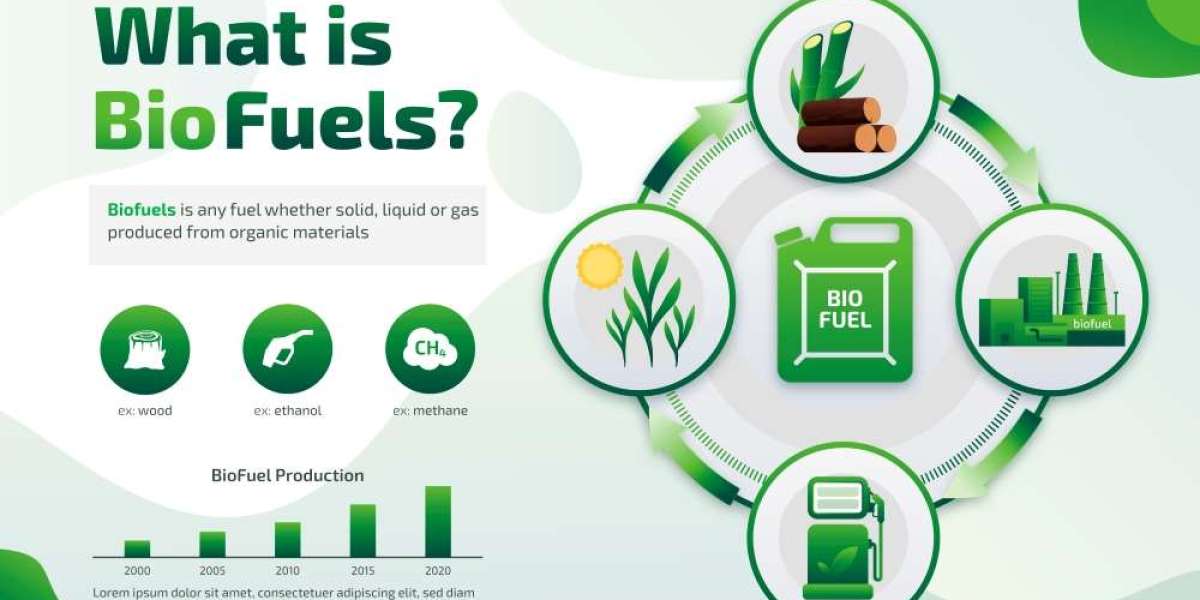Alumina crucibles play an indispensable role in both laboratory experiments and industrial applications due to their exceptional properties. Their ability to withstand extreme temperatures, resist chemical corrosion, and maintain structural integrity makes them the preferred choice for material testing, metallurgy, ceramics, and many other high-precision applications. Below, we delve into the key reasons why alumina crucibles are essential and why industries across the globe rely on them.
What Is an Alumina Crucible?
An alumina crucibles is a high-purity ceramic vessel primarily composed of aluminum oxide (Al₂O₃). These crucibles are known for their high thermal resistance, making them suitable for processes requiring extreme heat exposure. They are used extensively in scientific research, metallurgy, chemical processing, and advanced material manufacturing.
Key Properties of Alumina Crucibles
1. Extreme Temperature Resistance
One of the most outstanding features of alumina crucibles is their ability to endure high temperatures up to 1800°C (3272°F). This makes them ideal for applications such as:
Metal smelting and refining
Glass production
High-temperature sintering of ceramics
Unlike traditional ceramic crucibles, alumina crucibles do not crack or degrade under thermal stress. Their excellent thermal shock resistance ensures that they can withstand rapid temperature changes without breaking.
2. Excellent Chemical Stability
Alumina crucibles exhibit remarkable chemical inertness, allowing them to resist attack from most acids, bases, and molten metals. This makes them suitable for chemical reactions, corrosive material handling, and high-purity substance processing.
Some of the industries that benefit from this property include:
Pharmaceutical and biomedical research
Petrochemical refining
Electronics and semiconductor manufacturing
3. High Mechanical Strength and Durability
Due to their strong molecular structure, alumina crucibles possess high mechanical strength, making them highly resistant to wear and mechanical stress. Their long lifespan makes them a cost-effective choice for laboratories and industries requiring repeated high-temperature applications.
Applications of Alumina Crucibles in Laboratories
1. Metallurgical and Materials Testing
In metallurgy, alumina crucibles are essential for analyzing metal composition, melting alloys, and conducting material stress tests. Their non-reactive nature ensures that they do not interfere with the properties of molten metals.
2. Chemical and Pharmaceutical Research
Alumina crucibles are widely used in chemical laboratories for:
Catalyst preparation and testing
Combustion analysis
Chemical synthesis at high temperatures
Their ability to withstand corrosive substances ensures accurate results and reliable experimentation.
3. Advanced Ceramics and Glass Manufacturing
Alumina crucibles are indispensable in the ceramic and glass industry for:
Sintering and firing ceramic powders
Glass melting and formulation testing
Development of optical materials
Their high thermal conductivity and uniform heat distribution make them the preferred choice for high-end ceramic production.
Industrial Uses of Alumina Crucibles
1. Semiconductor and Electronics Industry
In the electronics sector, alumina crucibles play a crucial role in:
Crystal growth for semiconductors
Fabrication of integrated circuits
Dielectric material testing
Since alumina is an excellent electrical insulator, it is vital for semiconductor research and production.
2. Aerospace and Automotive Industries
Alumina crucibles are used in:
High-temperature testing of aerospace materials
Heat treatment of advanced alloys
Development of fuel cell technology
Their lightweight yet robust structure ensures efficiency in aerospace and automotive engineering.
3. Nuclear Energy and Power Generation
Due to their ability to withstand extreme conditions, alumina crucibles are employed in:
Uranium and plutonium processing
Thermal insulation in nuclear reactors
Material testing for radiation resistance
How to Choose the Right Alumina Crucible
When selecting an alumina crucible, consider the following factors:
Purity Level – Higher purity (99.5% or more) is recommended for research applications requiring minimal contamination.
Temperature Rating – Ensure the crucible can withstand the maximum operating temperature of your application.
Size and Shape – Choose a design suited for your experiment, such as cylindrical, conical, or rectangular crucibles.
Glazing and Coating – Some crucibles come with an added protective coating to enhance their lifespan.
Caring for Alumina Crucibles: Best Practices
To maximize the durability and performance of alumina crucibles, follow these best practices:
Gradual Heating and Cooling – Avoid sudden temperature changes to prevent thermal shock.
Proper Cleaning – Use non-abrasive cleaners and mild acids to remove residue.
Storage Considerations – Keep in a dry and stable environment to prevent contamination.
Conclusion
Alumina crucibles are a critical component in both laboratory and industrial settings due to their high-temperature resistance, chemical inertness, and mechanical strength. Their widespread applications in metallurgy, electronics, ceramics, and nuclear industries highlight their indispensability in modern technology.
If you are looking for high-performance alumina crucibles, ensure you choose the right specifications to meet your application’s needs.








